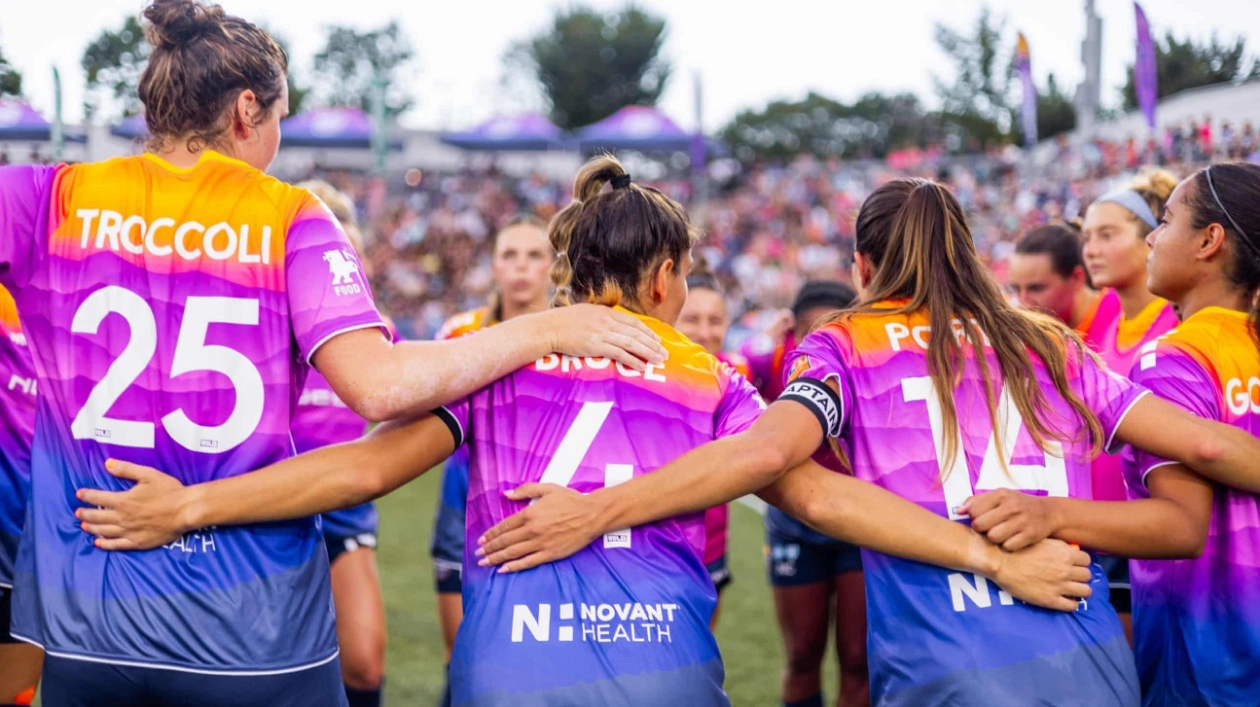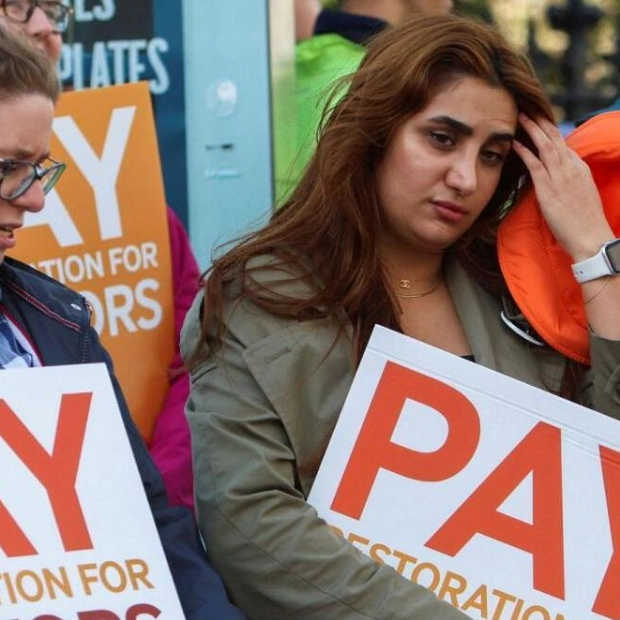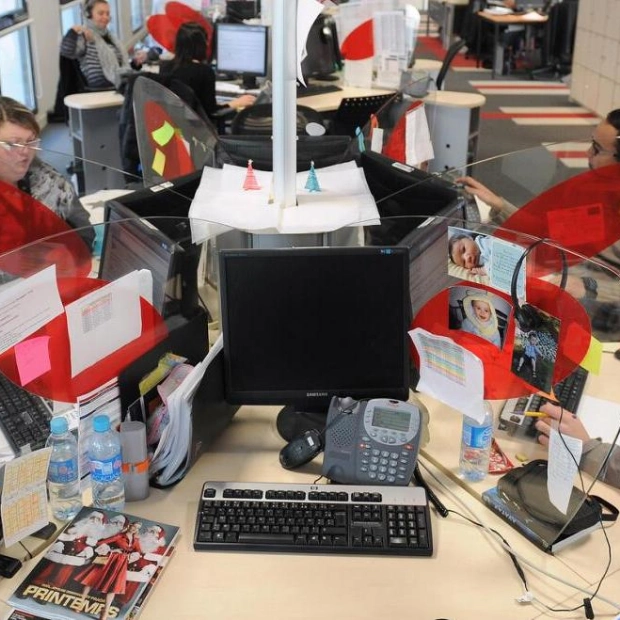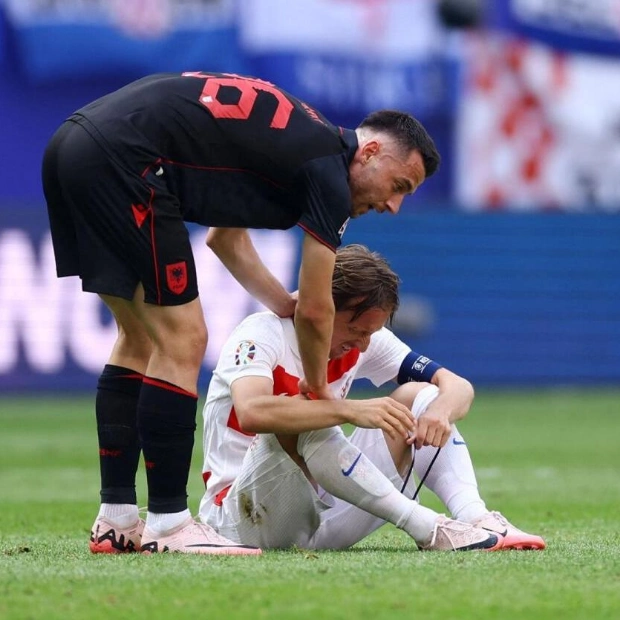Two years ago, Amanda Vandervort was introduced as the inaugural president of the USL Super League, the United States' first fully professional women's soccer league. Given the presence of the established NWSL, many questions arose: How? Why? Where? Would it succeed? These questions began to find answers during the opening weekend, just under seven weeks ago. A sold-out crowd of over 10,000 at the American Legion Memorial Stadium witnessed Carolina Ascent's 1-0 victory over DC Power. Two additional sell-out crowds saw Spokane Zephyr's 1-1 draw with Fort Lauderdale United and Tampa Bay Sun's draw with Dallas Trinity. Although attendance has slightly decreased, the average for the 12 of 14 subsequent fixtures with announced attendances remains at 2,929, totaling 35,152 fans.
The first goal scorer of the eight-team Super League, 30-year-old defender Vicky Bruce, provided a fitting answer to the 'why' question. A product of the robust college system, Bruce played for the North Carolina Tar Heels and Davidson Wildcats but was not drafted by an NWSL team. Fortunately, her UK passport, thanks to her English-born father, allowed her to pursue a professional career abroad in Scotland, Iceland, Cyprus, Sweden, Denmark, Germany, England, and Australia. Now, she is back home, playing professionally in front of family and friends for the first time as Carolina Ascent's first signing.
This is the essence of the league's mission. With a vast talent pool developed by the college system but only 14 professional NWSL teams, the USL's amateur W-League, which folded in 2015, was relaunched in 2022 as the USL W League with 80 teams across 10 divisions. A professional league above them was a natural progression. 'When you're in the USL ecosystem, it's an elite development pathway that leads to professional women's soccer,' says Vandervort from the USL office in Tampa, Florida. She notes the Tampa Bay Sun shirts she sees around town as a testament to the team's community connection.
Many view the Super League as a competitor to the NWSL, especially with its alignment with top European leagues' calendars starting in August and its lack of a draft system. 'There's only 14 NWSL teams,' Vandervort points out. 'There are over 100 men's professional teams in the United States... that alone tells a story of women historically not being given the same opportunities as men. But now, there are eight more women's professional teams. The Super League fills a gap in a limited way today, but we hope to continue to fill it as we build the league.'
The Super League operates in different cities from the NWSL, and the demand has been evident. 'We packed their stadiums on our first weekend,' Vandervort says. 'That's an indication of the fan interest. The stadiums may not always be packed like that, but it's a demonstration of where we're at and how interested and excited people are about professional women's soccer in their hometowns.'
Vandervort, a former University of Wyoming player and New York University women's soccer head coach, has a diverse background that includes roles as president of United Soccer Coaches, vice-president of customer relations and social media for Major League Soccer, and chief women's football officer for Fifpro. She is deeply involved and cares about the league's players. 'A lot of them have come back to America to play in their hometowns from playing abroad,' she says. 'Some were just top collegiate talent whose paths didn't align, for various reasons. Some are players who got injured in the last year of college or at the end of a contract and didn't pick up a new contract. Many of those have come back from injury and have a chip on their shoulder, wanting to prove themselves.'
There is a palpable sense of gratitude among the athletes for this opportunity. 'They all say thank you, which is amazing to hear, but there also need to be more opportunities,' Vandervort notes. Previous attempts to launch professional women's leagues in the US, such as the Women's United Soccer Association and Women's Professional Soccer, folded. The NWSL has survived and thrived, but what will ensure the Super League's success?
'One of the main differences between past leagues in the United States and our league today is infrastructure,' Vandervort explains. 'In the USL office, we have over 100 employees and are growing rapidly. The USL already runs two professional men's leagues and multiple amateur leagues. We're good at leagues and running them. Long term, that's going to benefit us.' The significant buy-in and commitment from owners, including stadium construction and millions of dollars in investment, also play a crucial role. Vandervort says of investors and brands, 'They see the opportunity, the vision, recognize that this is a viable business product, and want to get in early so they can be part of the long-term sustainability of the league.'
Another key aspect is prioritizing the building of club brands. 'We are focused on how we elevate all the clubs and tell local stories and the stories of the players and fans who are in those cities and what's important to them,' Vandervort says. 'We want to create multiple brands that reflect those towns and then tell that story nationally.'






